A test charge q0 is moved without acceleration from P to Q in a uniform electric field over the path shown in figure. The points P and Q are seperated by a distance d. Find the potential difference between P and Q.
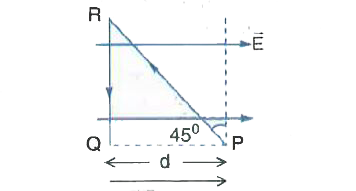
The test charge q0 following the path PRQ. For path PR.
VR−VP=−∫RP¯¯¯E.d¯l
=−∫RPE.dlcost1350=∫RPE.dlcos450
=Ecos450∫RPdl=E(PR)cos450
=E(PQ)=Ed(∴PQ=PRcos450)
For path RQ
VQ−VR=−∫QR¯¯¯E.d¯l=−∫QRE.dlcos900=0
VQ=VR
No work is done in moving the charge at right angle to the electric field. So potential difference between P and Q is Ed.
Topper's Solved these Questions
- ELECTRIC FIELD AND POTENTIALBook:AAKASH SERIESChapter:ELECTRIC FIELD AND POTENTIALExercise:EXERCISE (LONG ANSWER QUESTIONS)
Explore 3 Videos
- ELECTRIC FIELD AND POTENTIALBook:AAKASH SERIESChapter:ELECTRIC FIELD AND POTENTIALExercise:EXERCISE (SHORT ANSWER QUESTIONS)
Explore 6 Videos
- ELECTRIC CHARGES AND FIELDSBook:AAKASH SERIESChapter:ELECTRIC CHARGES AND FIELDSExercise:Practice Exercise
Explore 57 Videos
- ELECTROMAGNETIC INDUCTIONBook:AAKASH SERIESChapter:ELECTROMAGNETIC INDUCTIONExercise:Additional Exercise
Explore 11 Videos
Similar Questions
A test charge q is moved without acceleration from A to C along the path from A to B and then from B to C in electric field E as shown in Fig. (i) Calculate the potential difference between A and C (ii) At what point [of A and C] is the electric potential more and why?
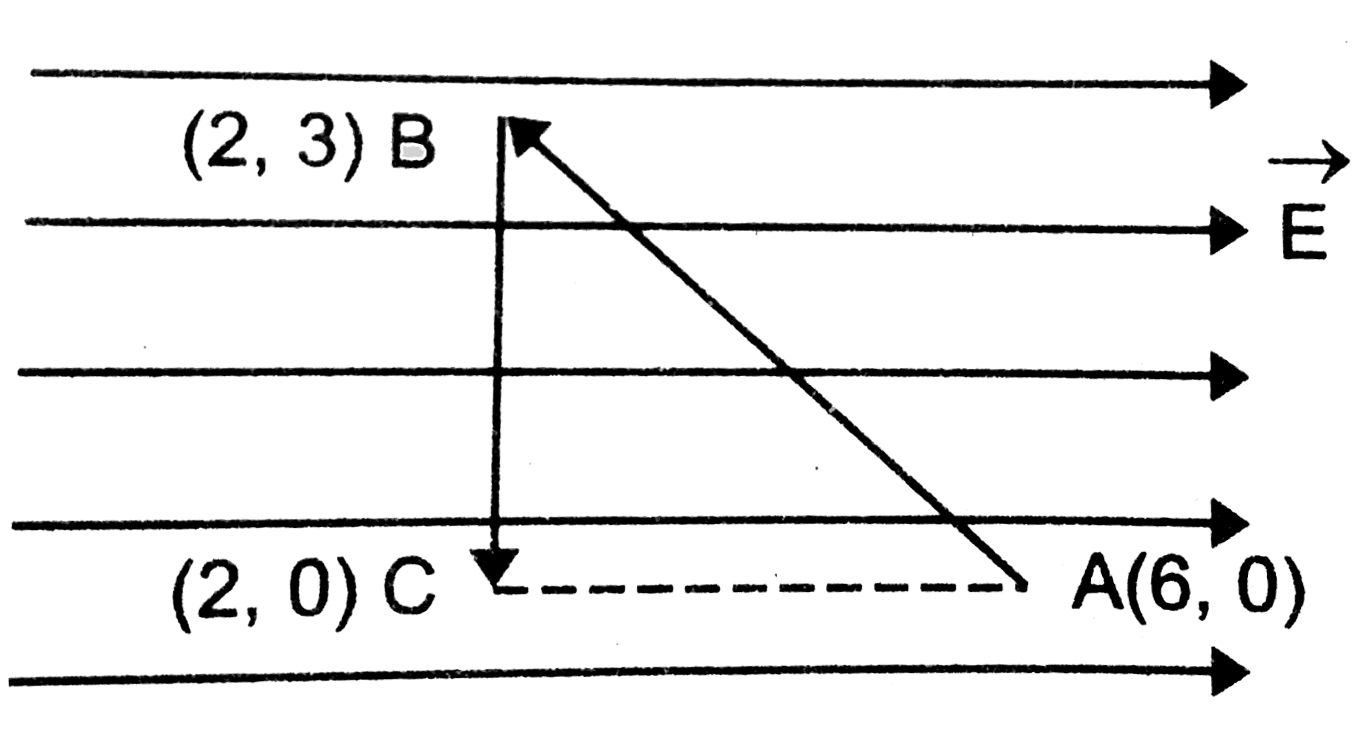
View SolutionA test charge q is taken from point A to B in electrostatic field of other charge Q as shown in figure. The reletion between potetial energy and potential ( between points A and B) is
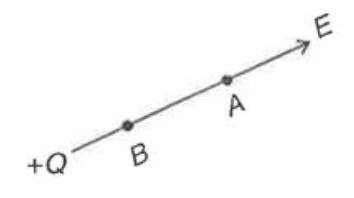
View SolutionThe angles between P+Q and P-Q will be
View SolutionA uniform electric field of 200 V / m is directed at 45∘ with x -axis as shown in figure. The co-ordinates of point P and point Q are (1,0) and ( 0,2) . Find the potential difference , VP−VQ ( in volts) .
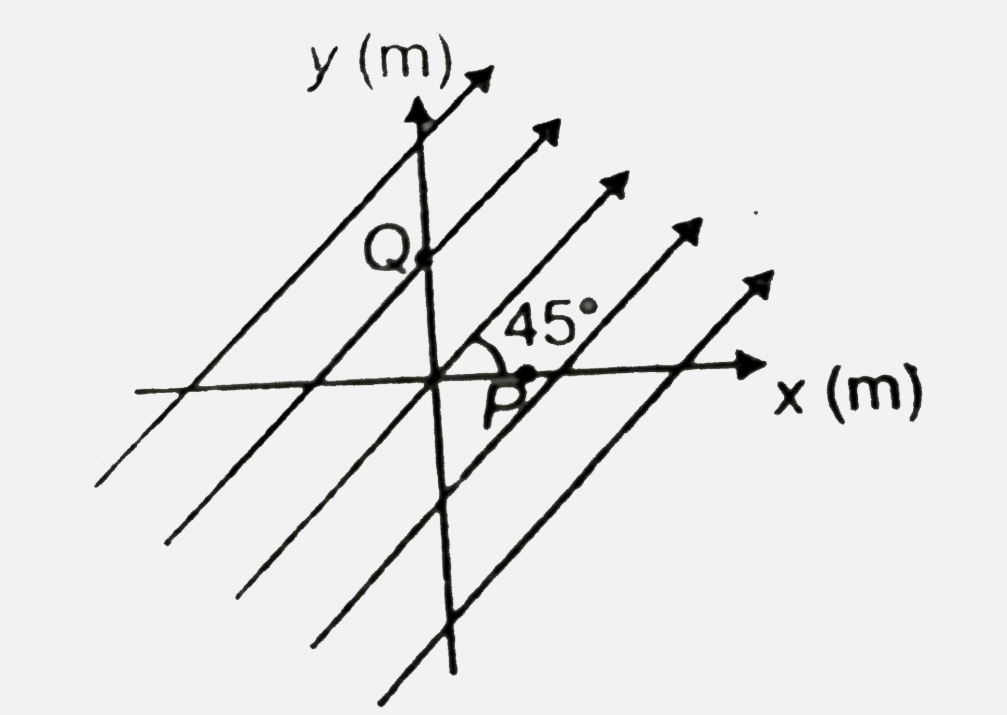
View SolutionIf in the circuit shown below, the internal resistance of the battery is 1.5Ω and VP and VQ are the potential at P and Q respectively, what is the potential difference between the point P and Q?
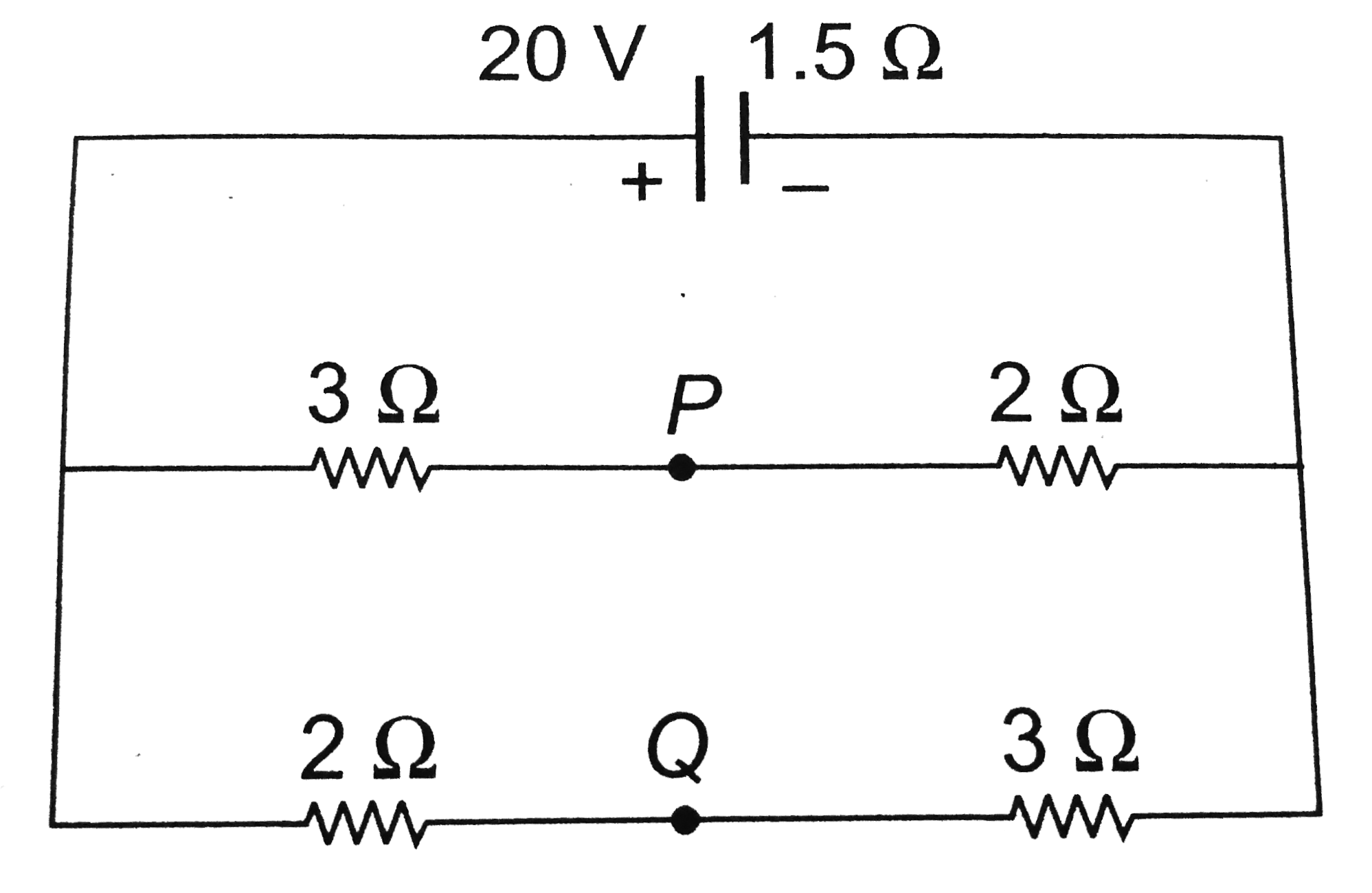
View SolutionThe loop shown moves with a velocity v in a uniform magnetic field of magnitude B, directed into the paper. The potential differene between point P and Q is e. Then
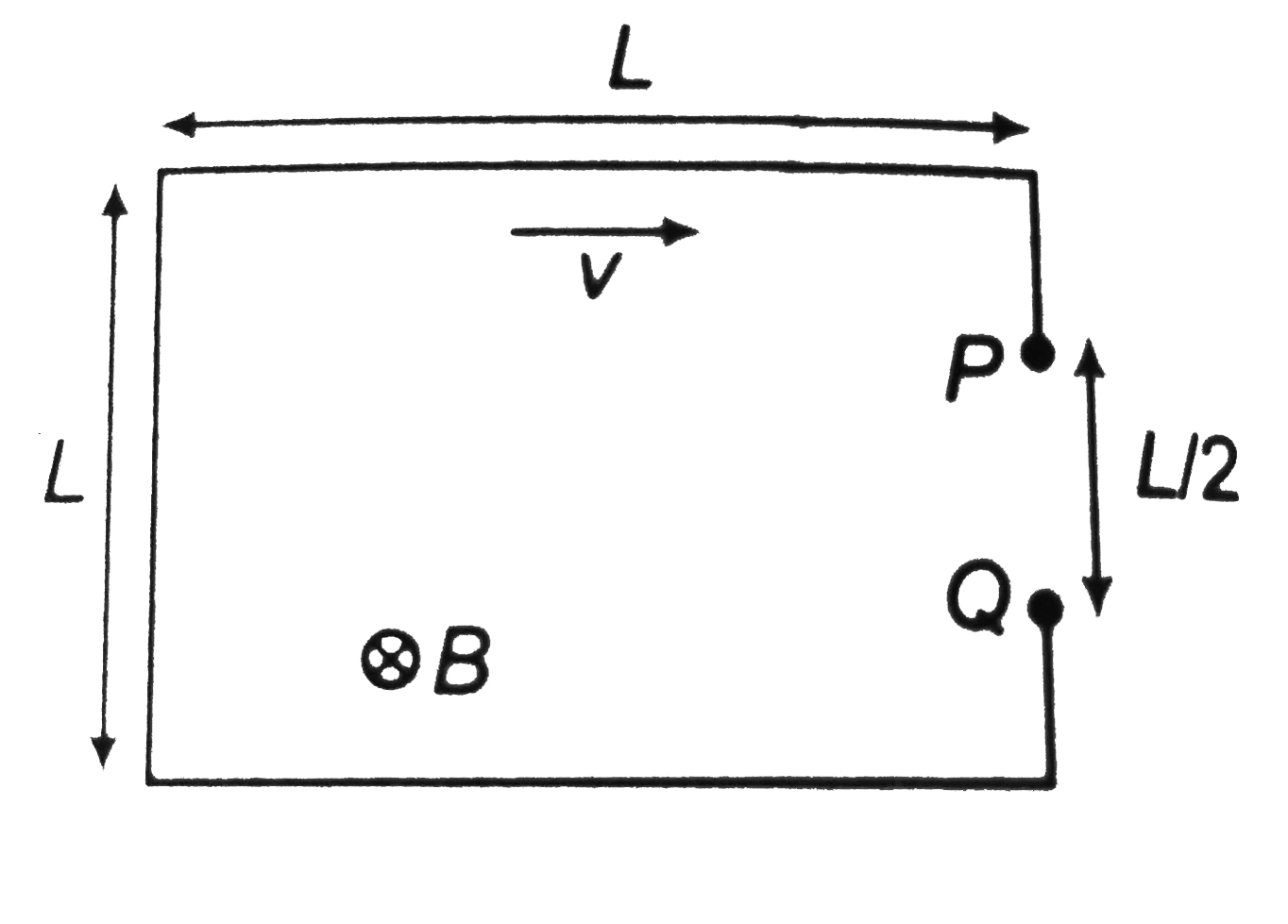
View SolutionA charge particle q is projected in an electric field produced by a fixed point charge Q as shown in figure. Mark the correct statements.
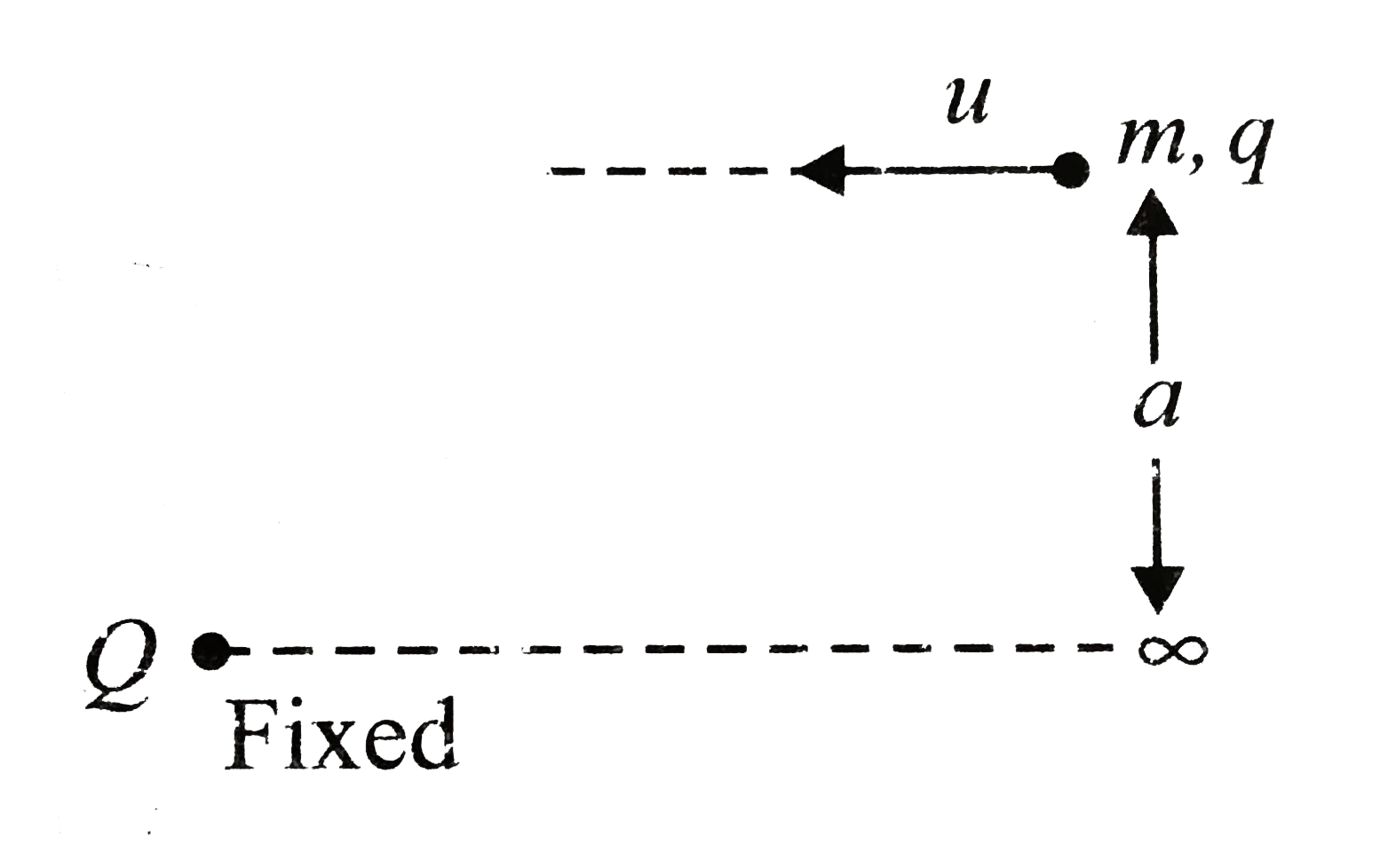
View SolutionThe equivalent inductance between points P and Q in figure is :
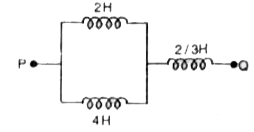
View SolutionCalculate the equivalent resistance between the points A and B in Fig.
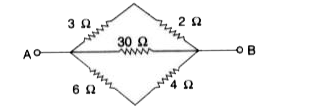
View SolutionCharge 2Q and −Q are placed as shown in figure. The point at which electric field intensity is zero will be somewhere

View Solution